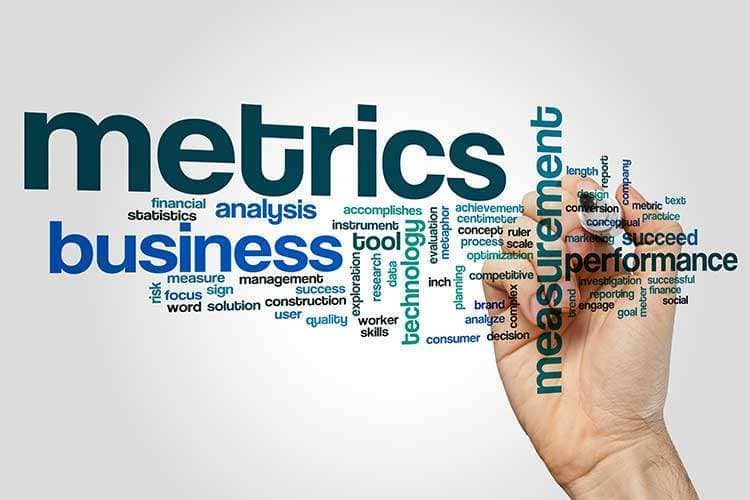-
The Power of Using Metrics To Monitor Capital Expenditure Planning
Making decisions about capital expenditures without having a plan is a recipe for disaster. If you’re going to manage capital projects and stay within budget, you need to set goals and take time for planning. That’s something we can all pretty much agree on.
But how do you know if your planning methods are working? Sometimes it’s not enough to have a plan in place. You may need to change how you plan to enable more objective decision making. Or maybe you need to take more information into account so your plan can better line-up with what’s really going on in your company. Whatever the case, it doesn’t hurt to take a look at how you can track metrics to make your capital expenditure planning more effective.

The Importance of Using Metrics Wisely
According to an article in The Wall Street Journal, “Using improper metrics and evaluation methods is one of the top issues holding back capital expenditure programs from being more effective and efficient.” If you’re not tracking the correct metrics, then you won’t get an accurate look into how well CapEx is performing.
Most of us already track the ROI for capital projects. But if you can expand the scope of your analysis, you’ll get better insight into exactly how well your capital expenditure planning is working. And that will help you make current projects more effective and improve planning for future projects.
Deciding Which Metrics To Monitor
If you’re going to make your planning more efficient, then you need to decide which metrics you’re going to monitor. It’s a good idea to make this decision early in the planning process. And be sure you choose more than one metric. Capital project management is too complex for tracking a single metric to help out very much. Plus, tracking multiple metrics helps you compare different projects more easily.
Which metrics you choose to monitor will depend on your company’s needs and goals. It also depends on what type of project you’re working on. Some metrics are fairly basic while others are more advanced and include quantifying a project’s risks. Here are a few suggestions you can track:
- hurdle rates
- payback period
- net present value
- internal rate of return
- benefit-to-cost
- economic margin
How You Can Leverage Metrics For Your Company
Managing capital expenditures is a lot easier if your company has good Capital Management Software. This type of software makes it easy to plan budgets, track projects, and access information you’ll need to track metrics. With CapEx automation software, you’ll be able to standardize the planning process and improve visibility immediately. It’ll also make collaboration between departments easier.
Once you have the tools you need and you’ve decided which metrics you’ll track, you can start using them to make your capital expenditure planning more effective. And the more comfortable your organization gets with incorporating this information into your CapEx planning, the better results you’ll see. Ideally, you’ll be spending less time on planning and see more effective results. For more information about how automation software can help, get in touch with us. We’re happy to answer your questions and provide a free demo of how our software works.